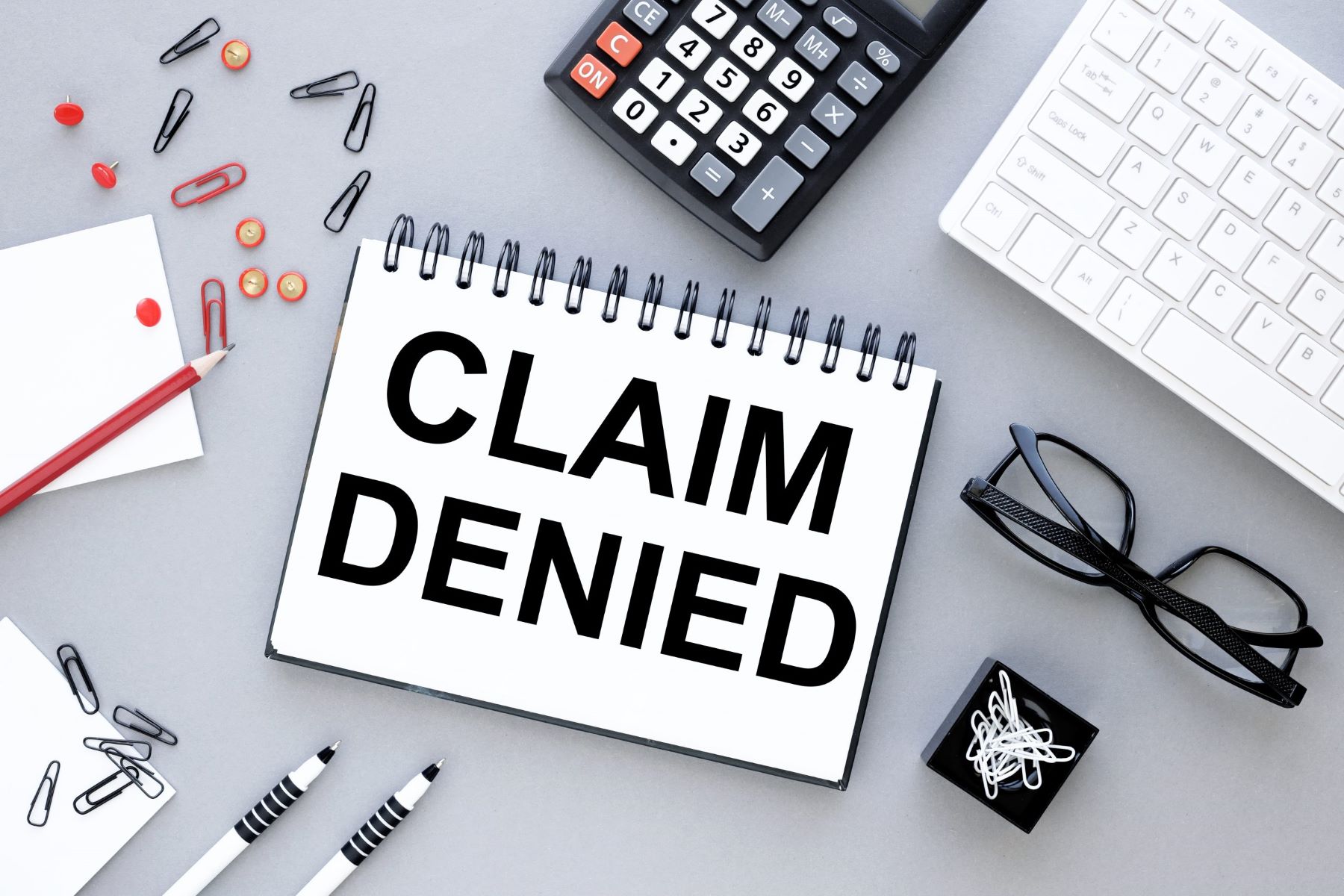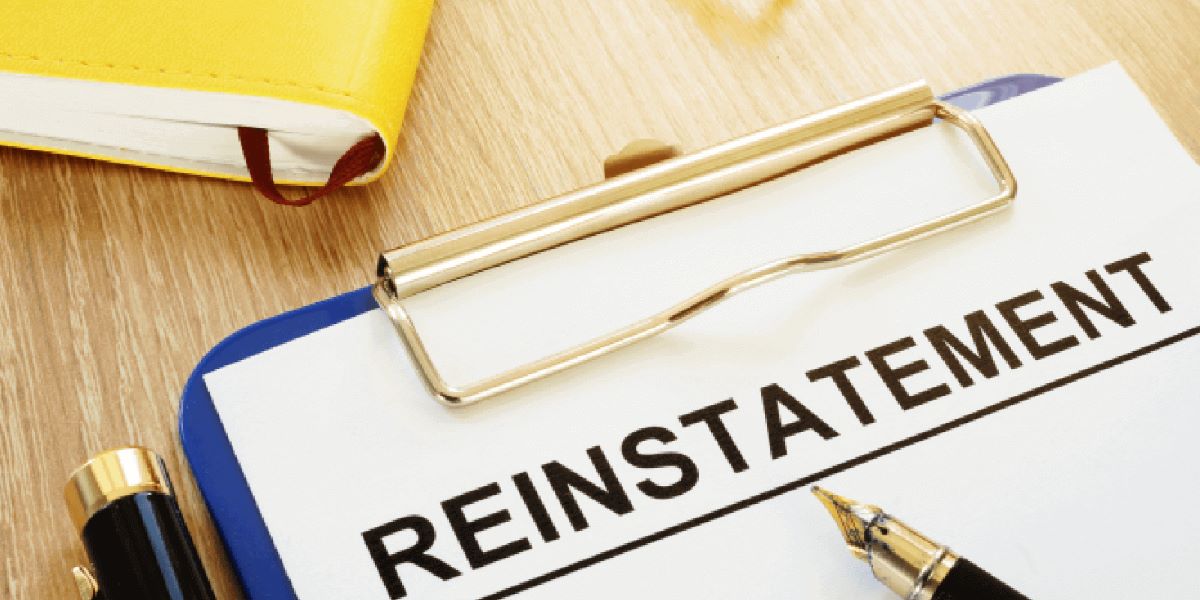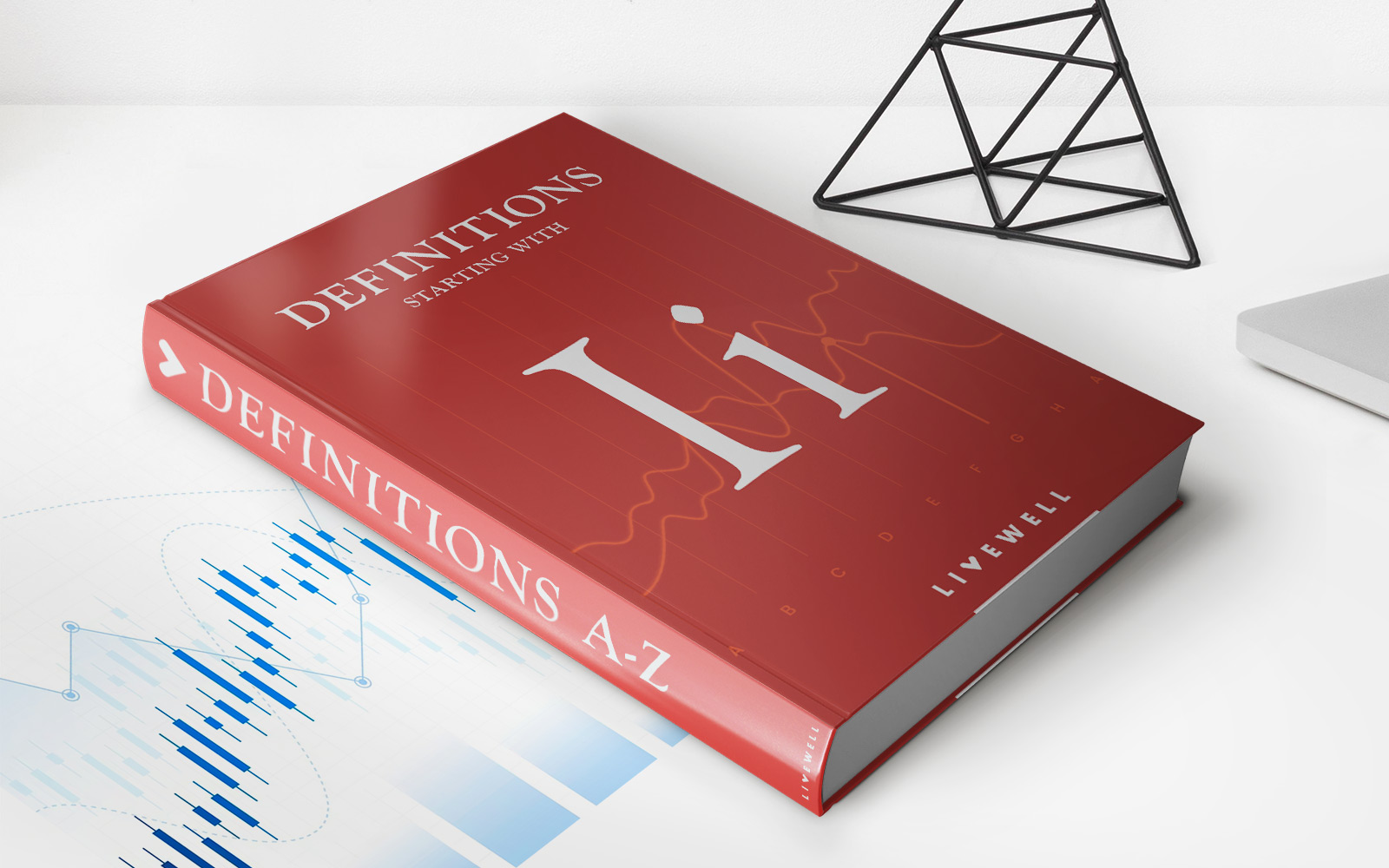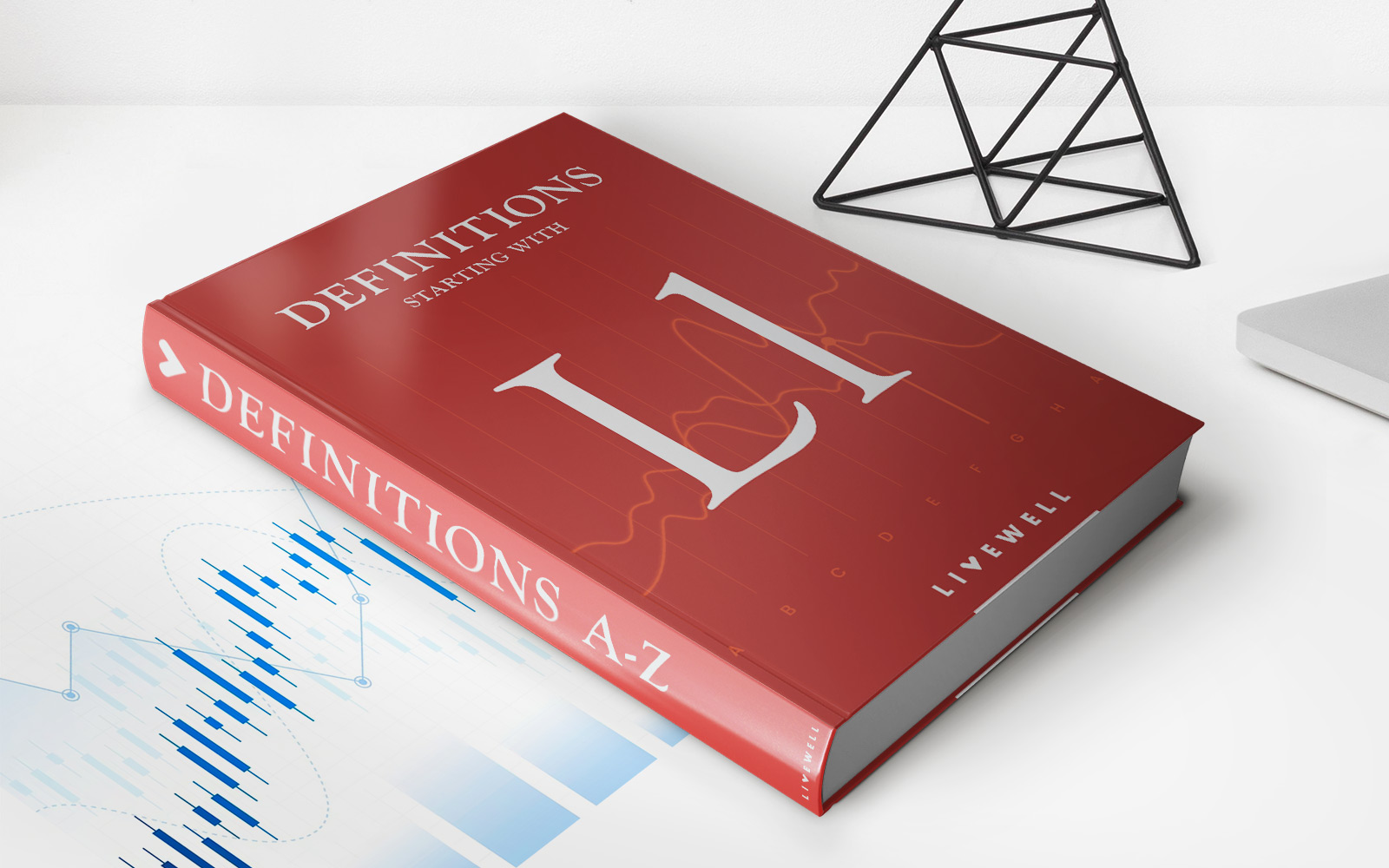Home>Finance>What Does Actual Loss Sustained Mean In Homeowners Insurance?


Finance
What Does Actual Loss Sustained Mean In Homeowners Insurance?
Published: November 21, 2023
Understand the concept of "actual loss sustained" in homeowners insurance. Learn how it impacts your finance and coverage.
(Many of the links in this article redirect to a specific reviewed product. Your purchase of these products through affiliate links helps to generate commission for LiveWell, at no extra cost. Learn more)
Table of Contents
- Understanding Actual Loss Sustained in Homeowners Insurance
- Introduction
- What is Actual Loss Sustained?
- How Does Actual Loss Sustained Apply to Homeowners Insurance?
- Coverage for Actual Loss Sustained
- Factors Affecting Actual Loss Sustained Coverage
- Determining the Amount of Actual Loss Sustained
- Examples of Actual Loss Sustained Claims in Homeowners Insurance
- Limitations and Exclusions for Actual Loss Sustained Coverage
- Conclusion
Understanding Actual Loss Sustained in Homeowners Insurance
When it comes to protecting your home and belongings, having homeowners insurance is crucial. This type of insurance policy provides coverage for various perils, such as fire, theft, and natural disasters, to ensure that you are financially protected in the event of a loss. One important aspect of homeowners insurance is understanding the concept of actual loss sustained.
Actual loss sustained refers to the actual financial loss suffered by the policyholder as a result of damage or destruction to their property. It takes into account the cost of repairing or replacing the damaged or lost items, as well as any related expenses, such as temporary housing or additional living expenses during the restoration process. Essentially, it ensures that you are reimbursed for the actual financial loss you incur, rather than a predetermined limit or a set value.
Unlike replacement cost coverage, which typically covers the full cost of replacing damaged items with brand new ones, actual loss sustained coverage considers depreciation and the actual value of the items at the time of the loss. This means that if your five-year-old television is damaged, you would receive the actual depreciated value of the television, rather than the cost of a brand new one.
To determine the amount of actual loss sustained, insurance adjusters will assess the damage and work with you to estimate the value of the items lost or damaged. This process often involves obtaining quotes from contractors or professional appraisers to determine the cost of repairing or replacing the damaged items.
It is important to note that actual loss sustained coverage is subject to certain limitations and exclusions outlined in the homeowners insurance policy. It is essential to review your policy carefully to understand which types of losses are covered and which are not. Keep in mind that certain perils, such as floods or earthquakes, may require separate policies or additional coverage options.
Understanding the concept of actual loss sustained in homeowners insurance is vital for homeowners to ensure they have the appropriate coverage. By having a clear understanding of how this coverage works, you can make informed decisions when purchasing or renewing your homeowners insurance policy. It is always advisable to consult with an insurance professional to determine the best coverage options for your specific needs.
Introduction
Homeowners insurance is a crucial investment for anyone who owns a home. It offers financial protection against various perils and ensures that you are not burdened with the full cost of repairing or replacing your property in the event of damage or loss. One essential aspect of homeowners insurance that homeowners should understand is “actual loss sustained.”
Actual loss sustained refers to the true financial loss suffered by the policyholder as a result of damage or destruction to their property. Unlike other types of coverage that offer a predetermined limit or set value, actual loss sustained coverage takes into account the actual cost of repairing or replacing the damaged or lost items, along with any related expenses incurred during the restoration process.
Understanding actual loss sustained can help homeowners navigate the claims process and ensure they receive the appropriate financial reimbursement for their losses. By familiarizing yourself with how this coverage works and the factors that affect it, you can make informed decisions when selecting and reviewing your homeowners insurance policy.
In this article, we will delve deeper into the concept of actual loss sustained in homeowners insurance. We will explore how this coverage applies, the factors that affect it, and the process of determining the amount of actual loss sustained. Additionally, we will provide examples of actual loss sustained claims to illustrate how this coverage works in real-life scenarios.
It is important to note that each homeowners insurance policy may have specific terms and limitations regarding actual loss sustained coverage. It is crucial to review your policy thoroughly to understand which perils are covered, any exclusions, and any additional coverage options that may be necessary to adequately protect your home and belongings.
By gaining a comprehensive understanding of actual loss sustained in homeowners insurance, you can have peace of mind knowing that you are financially protected in the event of a loss. Let’s explore this important concept further and ensure that you have the knowledge necessary to make informed decisions about your homeowners insurance coverage.
What is Actual Loss Sustained?
Actual loss sustained in homeowners insurance refers to the true financial loss suffered by the policyholder as a result of damage or destruction to their property. It takes into account the actual cost of repairing or replacing the damaged or lost items, as well as any related expenses incurred during the restoration process.
Unlike some other types of coverage that offer a predetermined limit or a set value for claims, actual loss sustained coverage ensures that policyholders are reimbursed for the actual financial loss they incur due to a covered incident. This means that the amount of compensation you receive is based on the real expenses you face in restoring your property, rather than an arbitrary limit specified in the policy.
When a covered incident occurs, such as a fire or a break-in, you will need to file a claim with your homeowners insurance provider. An insurance adjuster will assess the damage and work with you to determine the cost of repairing or replacing the damaged items. They may consult contractors or professional appraisers to get accurate estimates for the required repairs or replacements.
It is important to note that actual loss sustained coverage takes into account the depreciation of items over time. This means that if you have a ten-year-old television that is damaged or destroyed, you may not receive the full cost of a brand new television as compensation. Instead, the insurance company will consider the value of the television at the time of the loss, taking into account its age and condition.
It is crucial to review the terms of your homeowners insurance policy to understand the specific coverage provided for actual loss sustained. Some policies may have limitations or exclusions on certain types of losses or may require additional coverage options for particular perils like floods or earthquakes. By understanding the scope of your coverage, you can ensure that you are adequately protected against financial losses.
Actual loss sustained coverage is designed to provide homeowners with a fair and accurate reimbursement for their losses. By considering the actual cost of repairs, replacement, and related expenses, this coverage ensures that policyholders are not left with a significant financial burden after a covered incident. It is essential to consult with your insurance provider or agent to understand the specifics of your coverage and to make any necessary adjustments to meet your individual needs.
How Does Actual Loss Sustained Apply to Homeowners Insurance?
Actual loss sustained plays a significant role in homeowners insurance as it determines the amount of financial compensation a policyholder will receive when filing a claim. It ensures that policyholders are reimbursed for the actual cost of repairing or replacing damaged or destroyed property, as well as any additional expenses incurred during the restoration process.
When a covered incident occurs, such as a fire or a storm, homeowners with actual loss sustained coverage can submit a claim to their insurance provider. The insurance adjuster will assess the damage and work together with the policyholder to determine the actual loss sustained. This process will involve evaluating the cost of repairing or replacing damaged items, as well as considering any related expenses, such as temporary housing costs or additional living expenses.
Unlike replacement cost coverage, which typically covers the full cost of replacing damaged items with brand new ones, actual loss sustained coverage takes into account the depreciation of items over time. For example, if a five-year-old television is damaged, the policyholder will receive the actual depreciated value of the television, rather than the cost of a brand new one. This helps ensure that policyholders are fairly reimbursed based on the value of their property at the time of the loss.
Another important aspect of actual loss sustained coverage is that it considers a wide range of expenses beyond just the cost of repairing or replacing items. This can include the cost of temporary accommodations if you are unable to stay in your home during the restoration process, as well as additional living expenses for things like meals or transportation. By factoring in these related costs, actual loss sustained coverage aims to provide comprehensive financial support during the recovery period.
It is important to note that actual loss sustained coverage is subject to certain limitations and exclusions specified in the homeowners insurance policy. Common exclusions may include intentional acts, wear and tear, and certain natural disasters like floods or earthquakes. It’s crucial for homeowners to review their policy carefully so they understand the types of losses that are covered and those that are not.
Overall, actual loss sustained coverage ensures that homeowners are provided with fair compensation for their financial losses after a covered incident. By considering the actual cost of repairs, replacements, and related expenses, homeowners insurance with actual loss sustained coverage offers vital financial protection and peace of mind in the face of unexpected events.
Coverage for Actual Loss Sustained
Actual loss sustained coverage is an important component of homeowners insurance, as it provides financial protection for homeowners in the event of damage or loss to their property. This coverage ensures that policyholders receive compensation for the actual cost of repairing or replacing damaged items, as well as any related expenses incurred during the restoration process.
Under a homeowners insurance policy with actual loss sustained coverage, the insurance company will reimburse policyholders for the actual financial loss they incur, up to the policy limits. The coverage typically applies to a wide range of perils, including fire, theft, vandalism, storms, and more.
When filing a claim, homeowners will need to provide documentation and evidence of the damage or loss they have suffered. The insurance company will then assess the value of the items, taking into account depreciation and the actual cost of repair or replacement. This ensures that policyholders are compensated for the true value of their property at the time of the loss, rather than a predetermined limit or set value.
It is important to review the terms and conditions of your homeowners insurance policy to understand the specific coverage for actual loss sustained. Some policies may have exclusions or limitations for certain types of losses, such as flooding or earthquakes. In such cases, additional coverage options may be necessary to ensure comprehensive protection for your property.
Actual loss sustained coverage extends beyond just the cost of repairing or replacing damaged items. It also considers related expenses that policyholders may incur during the restoration process. These expenses can include temporary housing costs, additional living expenses, storage fees, and more. By factoring in these additional costs, actual loss sustained coverage provides more comprehensive financial protection for homeowners.
It’s important to note that each insurance policy may have different terms and conditions, so homeowners should review their policy carefully to understand which perils are covered and any specific limitations or exclusions that may apply.
Having coverage for actual loss sustained in your homeowners insurance policy can provide peace of mind, knowing that you will be fairly compensated for the financial losses you experience. By ensuring that your policy covers actual loss sustained and understanding the coverage provided, you can take the necessary steps to protect your property and assets.
Factors Affecting Actual Loss Sustained Coverage
While actual loss sustained coverage provides valuable financial protection for homeowners, there are several factors that can affect the extent of coverage and the amount of compensation received. It is important to understand these factors when purchasing or reviewing your homeowners insurance policy.
1. Policy Limits: The policy limits set by your insurance provider will determine the maximum amount of coverage available for actual loss sustained. It’s important to review and assess these limits to ensure they adequately cover the potential financial losses you may face in the event of damage or loss to your property.
2. Deductibles: Your homeowners insurance policy will have a deductible, which is the amount you must pay out of pocket before the insurance coverage kicks in. The deductible can impact the actual loss sustained coverage by reducing the overall amount of compensation received.
3. Property Valuation: The value of your property and belongings is an important factor in determining the coverage provided under the actual loss sustained policy. Insurance adjusters will assess the value of the items at the time of the loss, taking into account factors such as depreciation and condition.
4. Age and Condition of Property: The age and condition of your home and belongings can also impact the coverage provided. Older items may have higher depreciation values, resulting in lower compensation. Additionally, if your property is not well-maintained or has pre-existing damage, it may affect the coverage and compensation you receive.
5. Coverage Exclusions: Homeowners insurance policies may have specific exclusions for certain perils or types of losses. It is important to review your policy carefully to understand any limitations or exclusions that may impact the extent of actual loss sustained coverage. For example, floods or earthquakes may require separate coverage options.
6. Policy Endorsements: Insurance companies may offer additional endorsements or add-ons to enhance the coverage of the actual loss sustained policy. These endorsements can provide more comprehensive protection for specific items or situations, such as valuable personal belongings or additional living expenses.
It is essential to carefully review your homeowners insurance policy and consult with your insurance provider or agent to understand how these factors affect your actual loss sustained coverage. By doing so, you can ensure that your coverage aligns with your needs and that you have appropriate protection in the event of a loss.
Remember that factors affecting actual loss sustained coverage can vary between insurance providers and policies, so it’s important to compare options and choose a policy that best suits your specific requirements.
Determining the Amount of Actual Loss Sustained
When filing a homeowners insurance claim with actual loss sustained coverage, it is essential to understand how the insurance company determines the amount of compensation you will receive. The process involves assessing the damage, evaluating the value of the damaged or lost items, and considering any related expenses incurred during the restoration process.
The insurance adjuster assigned to your claim will inspect the damage and work closely with you to determine the actual loss sustained. They may enlist the help of contractors or professional appraisers to get accurate estimates for the repairs or replacements needed. The following factors are taken into account when determining the amount of actual loss sustained:
1. Cost of Repairs or Replacements: The insurance adjuster will consider the cost of repairing or replacing the damaged items. This includes labor, materials, and any associated fees. The adjuster will typically obtain multiple quotes to ensure a fair and accurate estimate.
2. Depreciation: Actual loss sustained coverage accounts for the depreciation of items over time. This means that the value of the damaged or lost items is based on their actual worth at the time of the incident, considering factors such as age, condition, and market value. The insurance adjuster will assess the depreciation to determine the appropriate compensation.
3. Related Expenses: In addition to the cost of repairs or replacements, actual loss sustained coverage takes into account any related expenses incurred as a result of the damage or loss. This may include temporary housing costs, storage fees, additional living expenses, or even costs for hiring professionals to clean up or mitigate further damage.
It is important to keep detailed documentation of the damage, such as photographs, invoices, and receipts, to support your claim. Providing accurate and thorough information to the insurance adjuster can help ensure a fair assessment of the actual loss sustained.
It’s worth noting that the actual loss sustained may not always result in a one-time payment. The insurance company may provide partial payments based on the progress of the repairs or replacements. This allows homeowners to make necessary payments as the restoration process progresses.
Understanding the process of determining the amount of actual loss sustained in your homeowners insurance claim can help you advocate for fair compensation. Keep open communication with your insurance adjuster, provide necessary documentation, and ask questions if you need clarification on any aspect of the assessment. This will ensure that you receive the appropriate financial reimbursement for the actual loss you have sustained.
Examples of Actual Loss Sustained Claims in Homeowners Insurance
To further illustrate how actual loss sustained coverage works in homeowners insurance, let’s explore some examples of common scenarios where policyholders may file claims and receive compensation based on the actual financial loss they have sustained:
1. Fire Damage: Imagine a kitchen fire that causes significant damage to your home, resulting in the loss of appliances, cabinetry, and personal belongings. With actual loss sustained coverage, the insurance adjuster will assess the cost of repairing or replacing the damaged items, considering factors such as the age and condition of the appliances and cabinetry. The adjuster will also consider any additional costs you may incur, such as temporary housing during the restoration process.
2. Water Damage: If a pipe bursts in your home, causing water damage to your floors, walls, and furniture, actual loss sustained coverage will take into account the cost of repairing or replacing the affected areas. The insurance adjuster will evaluate the extent of the water damage, assess the value of the damaged items, and factor in any expenses related to drying out the property or temporary accommodations while repairs are being made.
3. Theft or Vandalism: In the unfortunate event of a break-in or act of vandalism, actual loss sustained coverage will consider the value of the stolen or damaged items. The insurance adjuster will determine the cost of replacing stolen items, including depreciation if applicable, as well as any repairs needed due to vandalism. Additionally, they may take into account expenses you incur for repairing damaged windows, doors, or other structures.
4. Storm Damage: If a severe storm causes hail damage to your roof, actual loss sustained coverage will factor in the cost of repairs or replacement. The insurance adjuster will assess the extent of the damage, evaluate the age and condition of the roof, and consider any additional expenses you may incur, such as temporary tarps or accommodations during the roof repair.
These examples demonstrate how actual loss sustained coverage provides fair compensation for the actual financial loss you experience in the event of covered incidents. By considering the specific circumstances and financial impact of each situation, homeowners insurance policies with actual loss sustained coverage offer homeowners the peace of mind that they will be adequately reimbursed for their losses.
It is important to consult your specific homeowners insurance policy and discuss any questions or concerns with your insurance provider or agent to understand the extent of the actual loss sustained coverage and the claims process.
Limitations and Exclusions for Actual Loss Sustained Coverage
While actual loss sustained coverage in homeowners insurance provides valuable financial protection, it is important to be aware of the limitations and exclusions associated with this coverage. These limitations and exclusions outline specific circumstances or types of losses that may not be covered or may have reduced coverage. Understanding these limitations and exclusions can help prevent misunderstandings and ensure appropriate coverage for your property.
Some common limitations and exclusions for actual loss sustained coverage in homeowners insurance include:
1. Pre-existing Damage: Actual loss sustained coverage typically does not extend to pre-existing damage or wear and tear on your property. It is crucial to disclose any pre-existing conditions or damage when purchasing a policy to avoid complications during the claims process.
2. Intentional Acts: Coverage is generally not provided for losses resulting from intentional acts or intentional damage caused by the policyholder or someone acting on their behalf. This exclusion helps prevent fraudulent claims and ensures that coverage is reserved for unforeseen and accidental losses.
3. Natural Disasters: Certain natural disasters, such as floods, earthquakes, or hurricanes, may have limited or no coverage under a standard homeowners insurance policy. Additional policies or endorsements may be required to obtain coverage for these specific perils.
4. Business Property: Homeowners insurance policies typically have limitations on coverage for property used for business purposes. If you have a home-based business or store business property in your home, it may not be fully covered under your homeowners insurance policy. Consult with your insurance provider to explore appropriate coverage options for your business assets.
5. Neglect or Failure to Maintain: Damages resulting from neglect or failure to properly maintain your property are often excluded. Regular maintenance of your home, such as addressing maintenance issues promptly and keeping up with repairs, is crucial to prevent coverage denials related to neglect.
6. Other Miscellaneous Exclusions: Homeowners insurance policies may have additional exclusions, such as damage caused by certain types of pets, war, nuclear hazard, or certain high-risk activities like trampolines or home-based daycare. Review your policy carefully to understand any specific exclusions that may apply.
It is critical to carefully read and understand the terms and conditions of your homeowners insurance policy, especially the limitations and exclusions section. If you have any questions or concerns about specific circumstances, seek clarification from your insurance provider or agent. They can assist in identifying potential gaps in coverage and recommend additional policies or endorsements to address those gaps.
By being aware of the limitations and exclusions associated with your actual loss sustained coverage, you can make informed decisions and take additional steps to protect your property and assets.
Conclusion
Actual loss sustained coverage is a critical aspect of homeowners insurance, providing financial protection for homeowners in the event of damage or loss to their property. Unlike predetermined limits or set values, this coverage ensures that policyholders are reimbursed for the actual financial loss they incur, taking into account the cost of repairs or replacements, depreciation, and related expenses.
Understanding how actual loss sustained coverage works and the factors that influence it is crucial for homeowners to make informed decisions about their insurance policies. By reviewing policy limits, deductible amounts, and coverage exclusions, homeowners can ensure that their policies adequately protect their property and belongings.
When filing a claim, homeowners should provide detailed documentation and work closely with their insurance adjuster to accurately assess the actual loss sustained. This process involves evaluating the cost of repairs, considering depreciation, and factoring in any related expenses incurred during the recovery process.
It is essential to review the terms and conditions of your homeowners insurance policy to understand the specific coverage provided for actual loss sustained. Be aware of any limitations or exclusions that may apply, such as pre-existing damage, intentional acts, or certain natural disasters.
By having a clear understanding of actual loss sustained coverage, homeowners can ensure they are financially protected and can confidently navigate the claims process. Remember to periodically review and update your homeowners insurance policy to ensure it aligns with your evolving needs and circumstances.
If you have any questions about actual loss sustained coverage or need assistance in choosing the right homeowners insurance policy for your specific situation, consult with an insurance professional. They can provide expert advice and guidance tailored to your needs.
With actual loss sustained coverage in place, homeowners can have peace of mind knowing that they have the necessary financial protection to recover from unexpected incidents and restore their homes and belongings. Protecting your home is not just an investment, but also a way to safeguard your family’s well-being and future.














